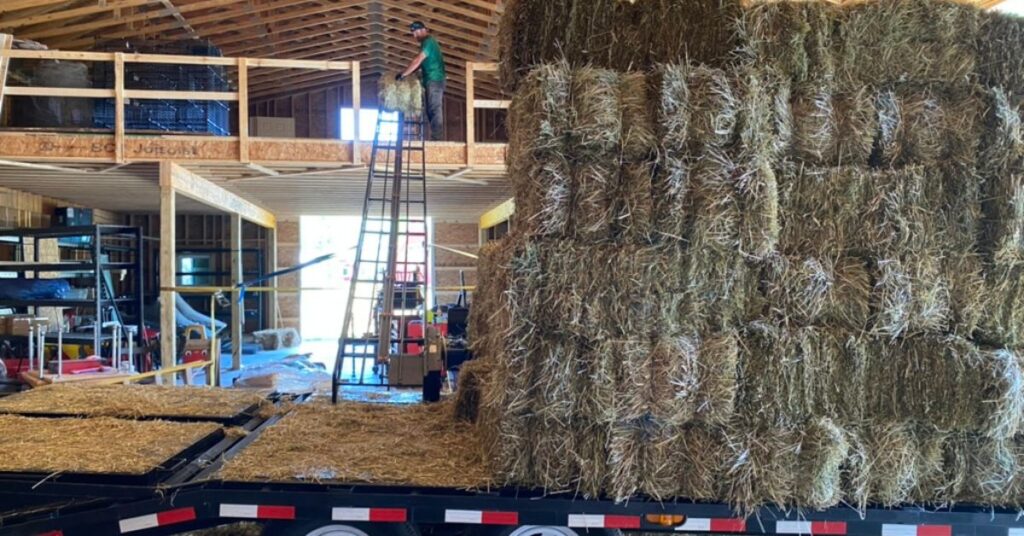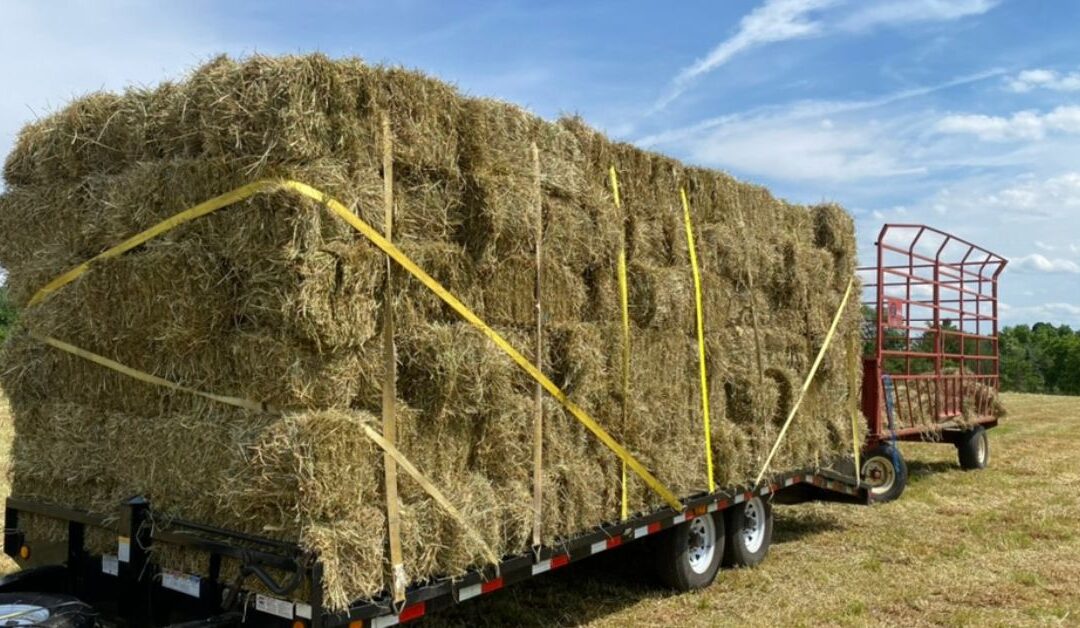Hay plays a vital role in the daily life at Canterbury Creek Farm Preschool, ensuring our animals are well-fed year-round. Just last week, we acquired 210 square bales from our trusted farmer friend in Coopersville, where we regularly source our hay. On average, we rely on approximately 500 square bales and 20 round bales annually to sustain our animals through the seasons.
From Field to Hay Loft: The Harvesting Process
The journey of hay begins in the fields of local farms during the summer months. Farmers carefully monitor the growth of grasses and clover, waiting for the optimal time to cut the hay. Once ready, specialized equipment such as mowers and tedders are used to cut and dry the grasses in the field.
Baling and Storing Hay
After drying, the hay is raked into windrows and baled using machinery like balers. Square bales are compacted and tied with twine, while round bales are wrapped for storage. Our recent trip to Coopersville involved loading the trailer with square bales, which were then transported back to our farm.
Hay Loft Storage
Back at Canterbury Creek Farm Preschool, Mr. Turchetti employs a hay elevator to lift the bales into our hay loft. Here, they are carefully stacked and stored until needed. During the summer months, our animals graze on fresh pasture grasses. However, as fall approaches and winter sets in, hay becomes a crucial part of their diet when pasture growth slows.

Supporting Year-Round Nutrition
Hay provides essential nutrition for our animals, ensuring they receive a balanced diet regardless of the season. Its availability in the winter months sustains them when fresh pasture grass is sparse. The process of harvesting and storing hay ensures that we have a reliable food source to maintain the health and well-being of our farm residents throughout the year.

Join Us on the Farm
At Canterbury Creek Farm Preschool, we emphasize hands-on learning experiences that connect children with nature and teach them about responsible animal care. Students have ample opportunities to feed hay and grain to the animals, and every day offers new opportunities for discovery and learning.


Recent Comments